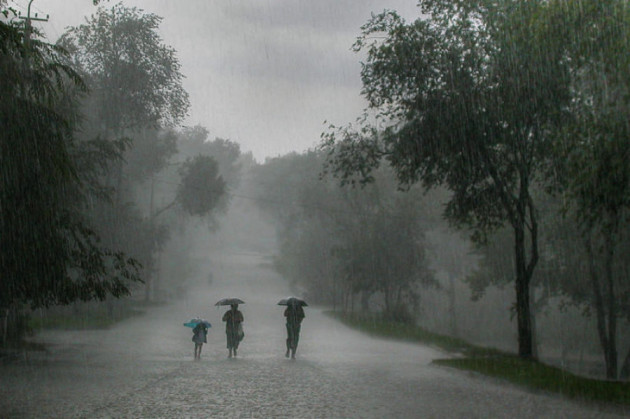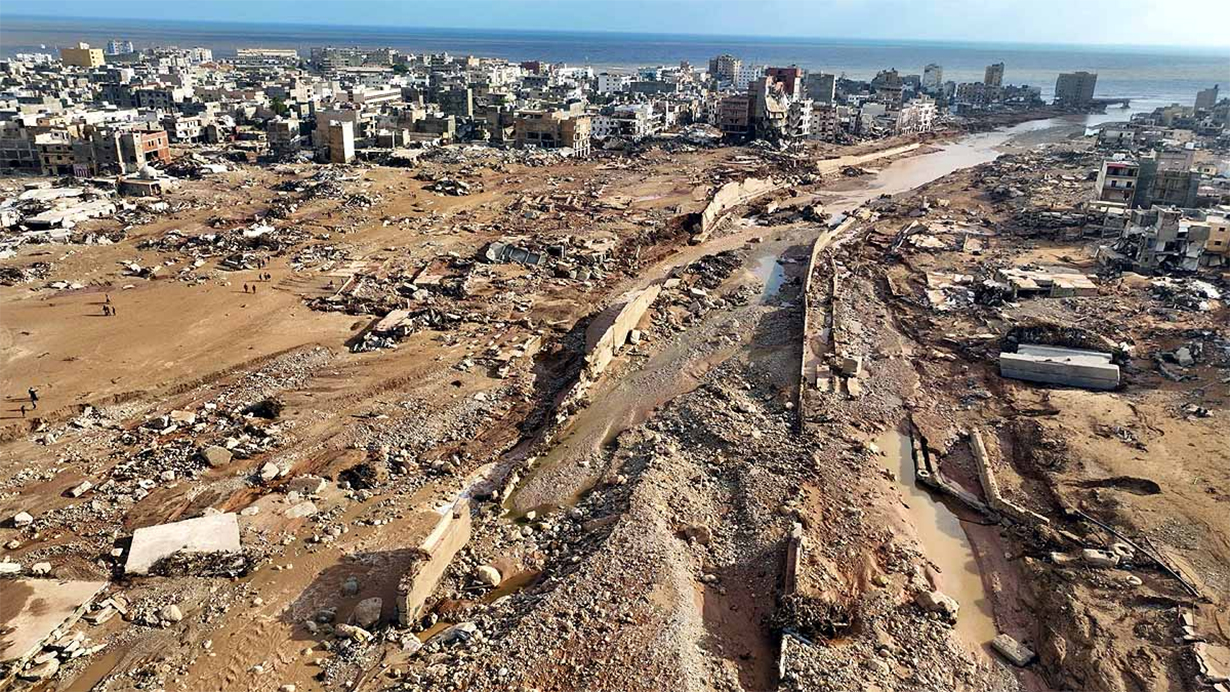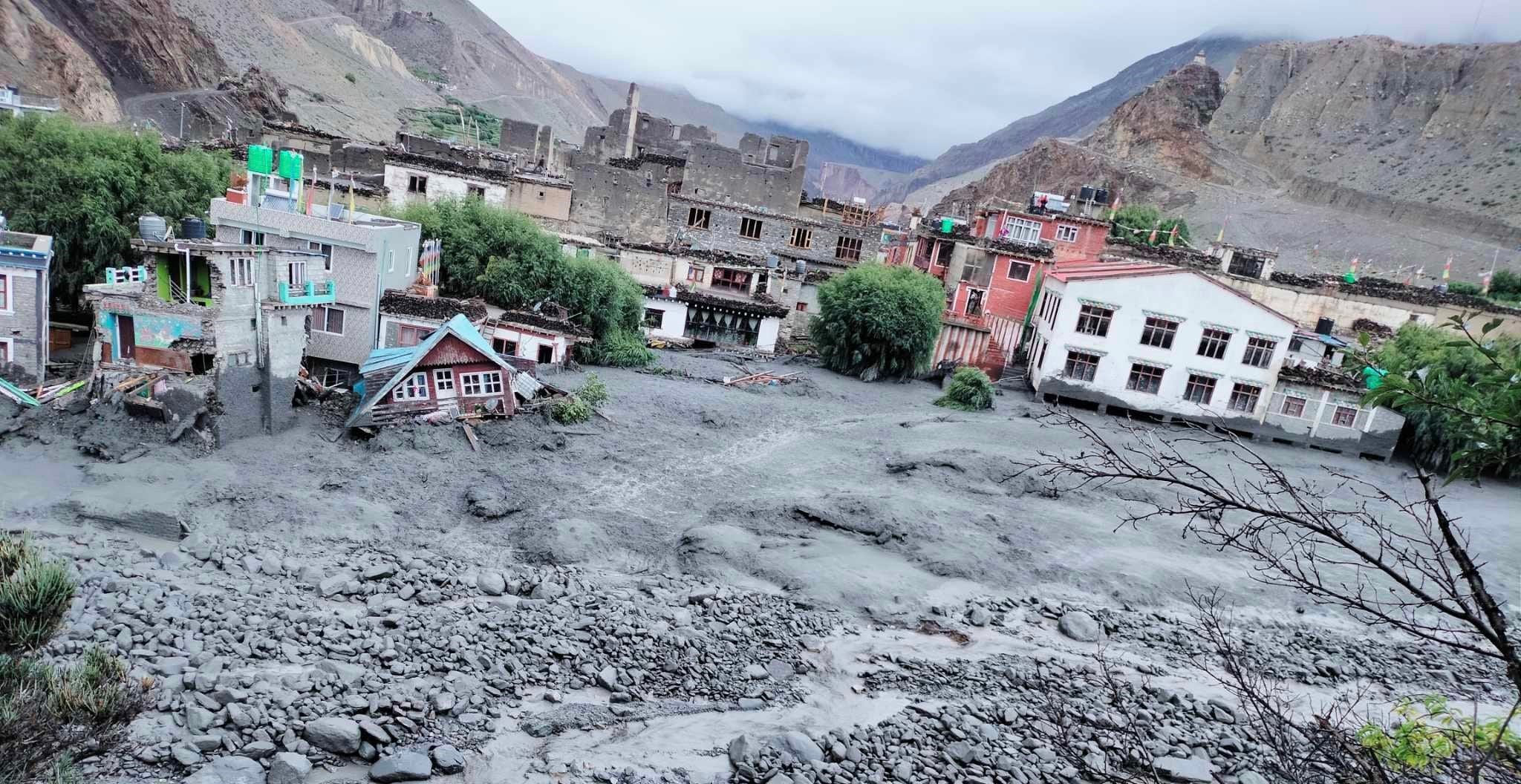Disaster and monsoon preparedness


65 years old elderly women of Tulsipur Municipality ward No 4 was swept by the Hattikhauwa river, flowing adjacent to her home while going to the toilet. Next day she was found dead in Gaidahawa Tulsipur -6, 1.5 KM South.
This story reflects how elderly people suffer from disaster, sanitation, and vulnerable settlement. Most of the disaster in Nepal rely on Monsoon; erratic and torrential rainfall triggers the landslide, flood, inundation, drowning etc. Instantly, we are undergoing on peak monsoon, which basically focuses on preparedness as well as ready for prompt response for the potential disaster. Disaster preparedness aims to reduce potential losses and good preparation to minimize the impact putting greater emphasis on what communities can do for themselves and how to strengthen their capacities, rather than concentrating on their vulnerability to disaster or environmental shocks and stresses, or their needs in an emergency.
Local Disaster Management Committee (LDMC)/ Community Based Disaster Management Committee (CBDMC) are the institutional frameworks recognize and value local and community disaster preparedness as an integral part of the national preparedness and response system. Local and community disaster preparedness/response capacities are assessed by communities (themselves or in partnership with external agencies). Emergency facilities (communications equipment, shelters, control centers, etc.) available and managed by a community or its organizations on behalf of all community members. The sufficient number of trained organizational personnel and community members to carry out relevant tasks like communication, search and rescue, first aid, relief distribution. Regular first aid training, mock drill, search and rescue training provided by/for local organizations play the crucial role in preparedness.
Efficient national and regional weather forecasting mechanism for early warning (radar, agro-met station, rain gauge station, telemetric station) in place, involving all levels of government and civil society, based on sound scientific information, risk knowledge, communicating and warning dissemination and community response capacity. Early warning system enabling of reaching whole community via FM radio, TV, telephone and other communications technologies and also subscribe www.hydrology.gov.np, www.mfd.gov.np, to observe river watch, rainfall watch, numerical weather prediction (NWP), satellite image respectively and transmit to the community through community siren and other community networks. Early warning information presented appropriately so that they are understood by all sectors of the community and manage to display in public place for easy access. Ensuring the functioning of technical resources; monitoring communications equipment in place, with systems and trained personnel for maintenance and operation before the possibility of disaster.
District disaster preparedness and response plan (DPRP) includes to build consensus and strengthens relationships and coordination mechanisms between various stakeholders. It also determines the roles and responsibility of cluster agency and district lead support agency (DLSA) during the disaster. Pre-monsoon workshop engaging all the cluster agency and concern stakeholder is the milestone for the disaster preparedness with the tangible improvement in reducing the loss during monsoon. Interlinkages of the early warning system and weather forecasting station to the emergency operation center (EOC) is the convenient way to warn the community before the potential disaster. Formal/informal interaction with technical experts, local authorities, NGOs, etc., to assist community in disaster planning and training; review/revise contingency plan exists for all major risks. Disaster preparedness plans developed through participatory methods, and understood and supported by all members of the community includes roles and responsibilities of different local and external actors defined, understood and agreed. Planning process builds Plans tested regularly through community drills or simulation exercises; reviewed and updated regularly by all relevant stakeholders.
Trained cadres from Nepal Army, Nepal Police, Armed Police Force and Red Cross are the key actor to evacuate the victims and provide emergency services; capable of managing crises and disasters, alone and/or in partnership with other organizations. Enlist the search and rescue item and logistic item pilled by various governmental (NA, NP, APF, DAO etc.) and humanitarian organization (Red Cross, NGO, INGO etc) and meanwhile figure out to explore the gaps and further needs, also ensure they function featly. Safe evacuation routes identified and maintained, known to community members with appropriate safe zone mapping. Emergency shelters accessible to the community; distance, secure evacuation routes, no restrictions on entry and with adequate facilities for all affected population. Secure two-way communication infrastructure and access routes for emergency services and relief workers and establishment of information center to disseminate information regularly. Emergency supplies of buffer stocks in place, managed by community alone or in partnership with other local organizations (grain/seed banks, warehouse) following one door system with no duplication. Preparing contingency funds and stocks that can be made available quickly to those in need, with established procedures for releasing them. Emergency shelters for livestock too.
District disaster relief committee (DDRC) is the focal point for disaster preparedness and response chaired by chief district officer (CDO) incorporating various sectoral institution/agency as cluster agency. Activation of cluster agency enhances capacity to provide effective and timely emergency response services: e.g. search and rescue, first aid/ medical assistance, needs, and damage assessment, relief distribution, emergency shelter, psychosocial support, road clearance. District emergency operation center (DEOC) plays the lead role in coordination with concern authority and relevant stakeholders; is the hub/source for the data and can grab authentic information. Ensure and manage 24-hour Power back up, telephone service, radio transmission (VHF/HF) and internet in DEOC for smooth communication and assign single information management officer to disseminate information. Establish the mechanism to reach all affected members of the community and prioritized per needs; also, emphasized on psychosocial support and counseling. Community trust in effectiveness, equity, and impartiality of relief and recovery agencies and actions respect victim's dignity. Community/locally led recovery planning and implementation of plans linking social, physical, economic and environmental aspects and based on maximum utilization of local capacities and resources with the knowledge of how to obtain aid and other support for relief and recovery. Exploration of locally available resources and mobilization for the prompt response. Incorporation of DRR into community development plans; women group, youth club, citizen ward forum, eco-DRR club etc., incorporating roles, responsibilities, and coordination to strengthen community capacity to reduce the degree of vulnerability.
Formation of the task force in vulnerable settlement for frequent patrolling during heavy rainfall and close surveillance of the nearby river during night time. Recognition external and local emergency responders for appropriate assistance after disasters, to participation in disaster recovery planning and to protection from violence. Whole community participation in development and delivery of contingency, response, recovery plans; community ‘ownership’ of plans and implementation structures. Justifiable community confidence in early warning and emergency systems and its own ability to take effective action in a disaster. High level of community volunteerism in all aspects of preparedness, response and recovery; the representative of all sections of the community. Self-help and support groups for most vulnerable (e.g. elderly, disabled). Mechanisms for disaster-affected people to express their views, for learning and sharing lessons from events, will subsequently lead to community resilient.

 Subash Gyawali
Subash Gyawali




Feedback